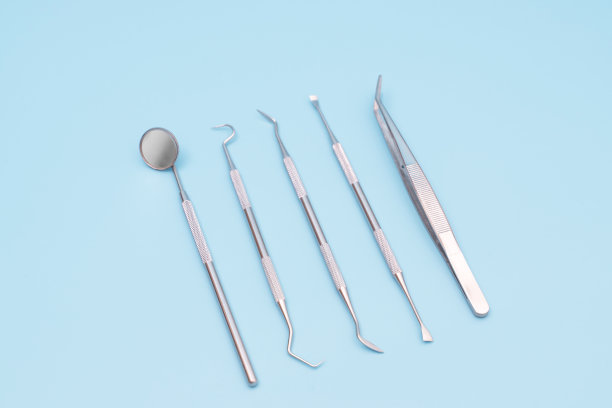The Future of Dental Implant Treatment Innovations Enhancing Patient Comfort and Long-Term Success in Oral Health Solutions
Summary: The landscape of dental implant treatment is rapidly evolving, driven by technological innovations aimed at enhancing patient comfort and ensuring long-term success in oral health solutions. This article explores four significant aspects that are transforming this field: advanced materials and techniques, digital technology and planning, patient-centered approaches, and post-treatment care innovations. Each section delves into the unique benefits these innovations bring, not only improving patient experience during the procedure but also ensuring lasting results. As we look towards the future, the combination of these advancements promises a new era of dental care rooted in comfort, efficiency, and success.
1. Advanced Materials and Techniques in Implantology

One of the most exciting developments in dental implant treatment is the advancement in materials used for implants. The introduction of biocompatible materials like titanium and zirconia has minimized the risk of implant failure by promoting better integration with the jawbone. These materials are not only durable but also enhance the aesthetic appeal of the implants.
Furthermore, innovations in surface technology have led to the creation of micro-textured surfaces that enhance osseointegration—ensuring that the implants bond more effectively to bone. Enhanced surface coatings can accelerate the healing process, allowing patients to regain function more quickly following surgery.
Moreover, surgical techniques are being refined through less invasive methods, reducing recovery time and discomfort. Procedures like guided bone regeneration and sinus lifts are being performed with better precision, leading to less postoperative pain and improved outcomes for patients.
2. Digital Technology Revolutionizing Implant Planning
Digital technology is reshaping the landscape of dental implants, particularly through three-dimensional imaging and computer-aided design (CAD). With 3D imaging, dentists can better visualize the anatomical structure of a patient’s mouth, leading to more accurate placement and fewer complications.
The use of CAD software enables custom implant designs tailored to individual patients, increasing the likelihood of successful integration and longevity. This personalized approach ensures that each implant fits perfectly, contributing to better overall comfort during use.
Additionally, the advent of surgical guides, created through digital workflows, has brought about greater precision in implant placement. These guides assist surgeons in accurately positioning implants with minimal invasiveness, further enhancing patient comfort and reducing anxiety during the procedure.
3. Enhancing Patient-Centered Approaches to Care
A paradigm shift towards patient-centered care in dental implants ensures that the needs and preferences of patients are prioritized throughout their treatment journey. This begins with comprehensive consultations where patients are educated about their options, potential outcomes, and what to expect during recovery.
Incorporating sedation techniques into the treatment process can significantly enhance patient comfort. Techniques such as nitrous oxide or oral sedation allow patients to undergo procedures with less anxiety and discomfort, making the experience more pleasant and manageable.
Moreover, follow-up care and support play a crucial role in ensuring ongoing comfort and satisfaction. By establishing clear protocols for post-surgery check-ins and providing resources for managing pain and discomfort, dental professionals can foster a positive recovery experience, reinforcing trust and satisfaction among patients.
4. Innovations in Post-Treatment Care for Implants
The success of dental implants does not end at the completion of the surgical procedure; rather, it extends into effective post-treatment care. Innovations in restorative dentistry, including the use of chairside CAD/CAM systems, allow dentists to create permanent crowns efficiently and comfortably for patients, enhancing their overall experience.
Furthermore, the integration of telehealth services has made it easier for patients to receive ongoing care and consultations without the need for constant in-office visits. This flexibility is particularly beneficial for follow-up appointments and prompt addressing of any concerns that may arise post-treatment.
Regular follow-ups, augmented by digital reminders and tailored care plans, ensure that patients remain informed and engaged in their oral health. This proactive approach not only strengthens the bond between the patient and provider but also leads to improved long-term outcomes for dental implants.
Summary:
In conclusion, the future of dental implant treatment is being shaped by exciting innovations that enhance patient comfort and success rates. With advances in materials, digital technology, patient-centric care, and post-treatment practices, the dental industry is poised to deliver exceptional outcomes for patients at every stage of their implant journey.
This article is compiled by Vickong Dental and the content is for reference only



